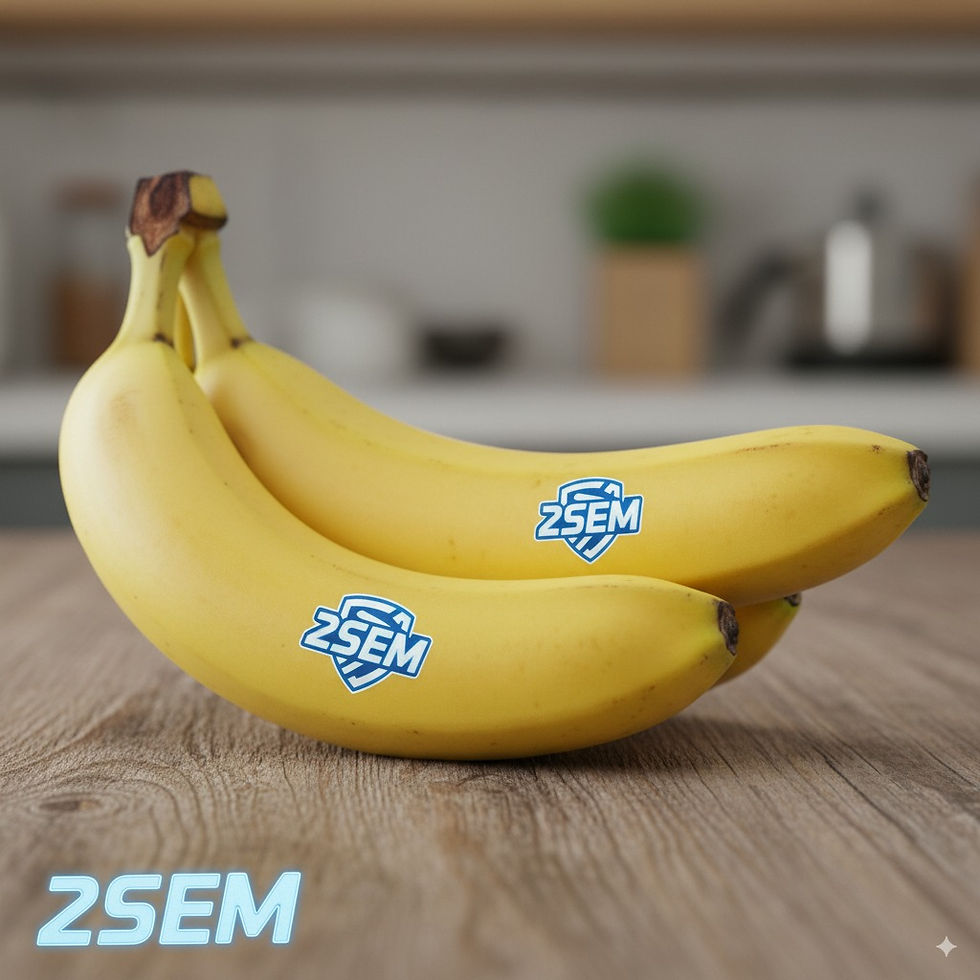Opal: Mini Apps & Big Possibilities
- Don Batsford
- Jul 28
- 2 min read
Google's recent release of Opal, an experimental tool from Google Labs, presents a significant shift in how users can leverage AI. The no-code platform allows for the creation of AI-powered mini-applications through natural language and a visual workflow editor, effectively removing the barrier of coding.
Thought Experiment on Use Cases for Marketers
Given that this is a new tool, worth thinking through the immediate applications for marketers, say, the potential in creating bespoke tools. For example:
Dynamic Lead Scoring and Enrichment: Pull new lead data from a Google Sheet. This app could then perform a web search to gather more context on the lead's company or professional background, and then apply a custom scoring model based on this enriched data. The result is a continuously updated, prioritized lead list
Automated Insights: A mini-app could be configured to monitor websites or news mentions. Then summarize findings and deliver them to a designated location, such as a Google Doc or a shared chat space, providing real-time updates
Automated A/B Testing Asset Generation: Generate numerous variations of ad copy, headlines, or images for A/B testing
Personalized Generation: Take user inputs from a website form and generate personalized recommendations, email copy, or even customized landing page sections
Custom Analytics Dashboards: An app could be designed to pull data from various marketing platforms (via Google Sheets as an intermediary), perform calculations, and generate custom charts and visualizations to track specific KPIs
There are thousands more possibilities that can be built out quickly because Opal's core functionality is built on a vibe-coding approach, where users describe their desired application in plain English. The tool then translates this into a visual, editable workflow. This workflow illustrates the entire process, from inputs to the final output, with each step represented as a clickable, editable card.
The platform integrates with Google's ecosystem, utilizing models like Gemini for text generation, Veo for video, and Imagen for images. It also connects to Google Workspace tools like Sheets and Docs, allowing for data flow. There are pre-built templates, including blog post writers and video ad generators, which can be used as a starting point for more complex applications. (Note: This post was not built with Opal. Should it have been?)
Why This Matters for Marketers
Opal's significance lies in its ability to democratize the creation of AI tools. Marketers can now build and prototype their own solutions. This accelerates the pace of innovation and allows for the creation of highly customized workflows that address specific marketing challenges.




Comments